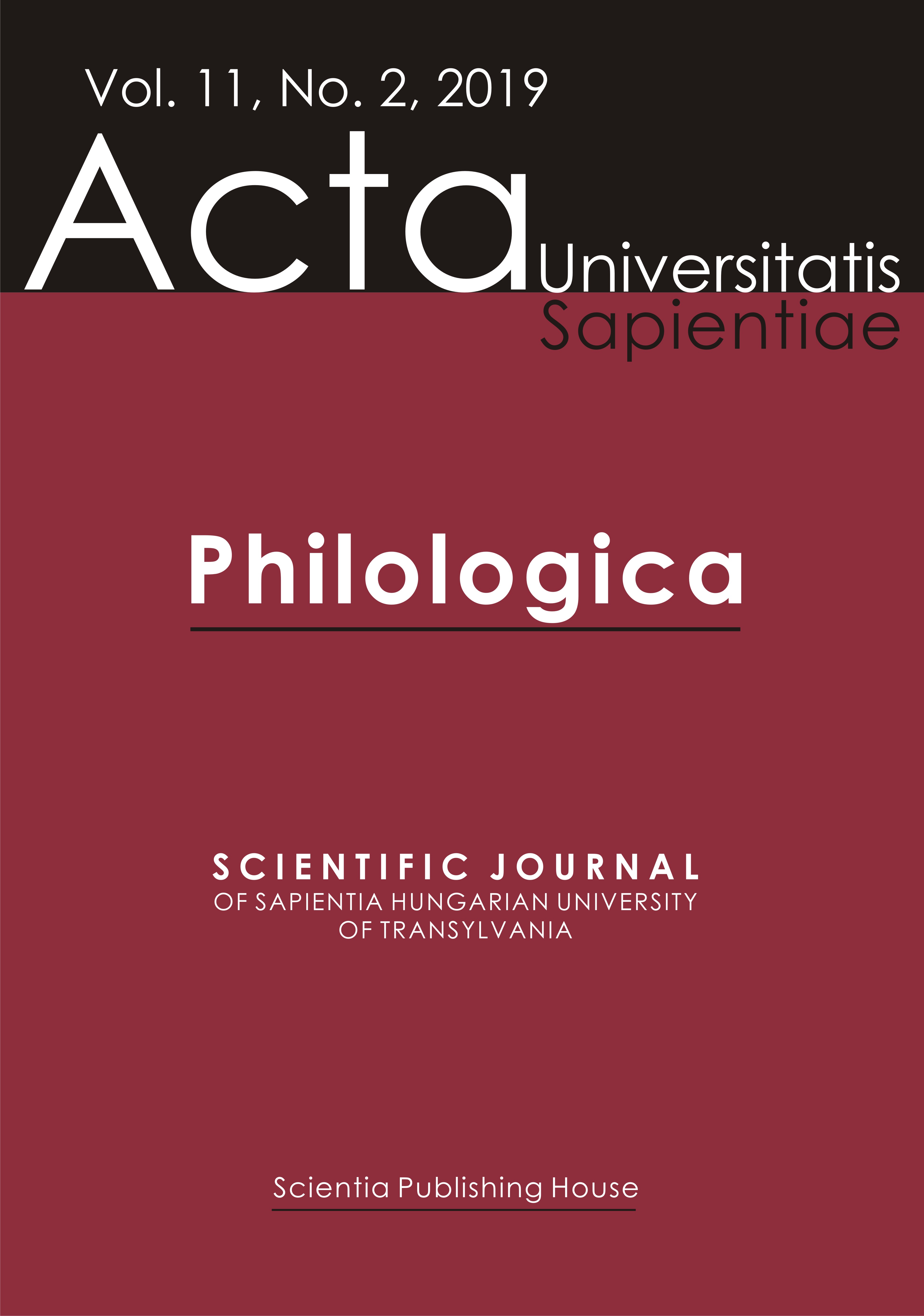Words That Go Together: Teaching Collocations in the EFL Classroom
Words That Go Together: Teaching Collocations in the EFL Classroom
Author(s): Tünde NagySubject(s): Language and Literature Studies
Published by: Scientia Kiadó
Keywords: collocations; teaching practices; corpora and electronic databases; awareness-raising;
Summary/Abstract: Using the right collocations in a foreign language is often a challenge for language learners who may not be familiar with their use and characteristics. After presenting the types of collocations and the importance they have in the acquisition of a foreign language, the paper draws attention to the necessity of raising students’ awareness of collocations, and at the same time it reflects on possible ways of teaching them. Focusing especially on verb-noun collocations, the paper examines the learning materials used in the EFL classes at Sapientia Hungarian University of Transylvania, Miercurea Ciuc, with special regard to the exercises on these constructions. In line with construction grammar theories (Goldberg 1995, 1997, 2006), it is assumed that collocations are to be treated as constructions, pairings of form and meaning, including patterns with different degrees of predictability. Collocations, consisting of both predictable (e.g. read a book, blue sky) and non-predictable forms (e.g. run a program, safe and sound) can be more easily remembered if regarded as constructions where all the constituent elements contribute to the meaning of the construction as a whole (but whose meaning is more than the sum of the constituent elements). In order to gain a better understanding of collocations, the use of electronic corpora and electronic databases as well as additional materials on collocations that would complement the language materials used in class is highly encouraged. By making use of these resources, students can see examples of everyday language use and become more aware of the use of collocations as well as the similarities and differences between them in different languages.
Journal: Acta Universitatis Sapientiae, Philologica
- Issue Year: 11/2019
- Issue No: 2
- Page Range: 103-118
- Page Count: 16
- Language: English

